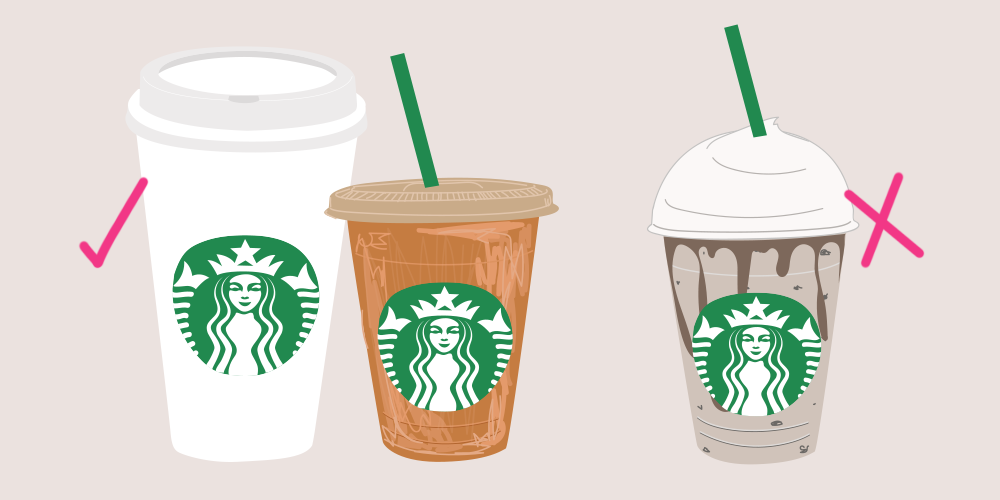
Nonetheless, some people still maintain the belief that espresso has a greater amount of caffeine than regular coffee. In addition, the type of coffee bean, roast level, and how you measure your coffee (weight vs volume) can significantly change the caffeine output in either scenario. However, it’s unlikely you’re going to drink 12 ounces of espresso (12 shots! 🤮) or just 1 ounce of regular coffee. So yes, ounce for ounce, espresso has more caffeine. The amount of caffeine in espresso is about 63 – 75 mg per 1 ounce, whereas regular coffee has 12 – 16 mg per ounce on average. The amount of caffeine in an espresso versus a regular coffee is mostly determined by how much of each you consume. But if you’re feeling like you need a little sumpin’ sumpin’, just ask for a little of your favorite syrup and to leave some room for your creamer or milk. This is a beverage that you should consider enjoying black, if you can summon up the courage. In terms of the taste, it turns out the strongest drink at Starbucks has a very smooth and delicious aftertaste-something I wasn’t expecting considering it’s at the top of the Starbucks caffeine food chain. Regardless, I have to believe the nutritional information posted by corporate is accurate.

With that said, the argument is that the caffeine content pretty much “evens out” when compared to other blends.

Starbucks employees are reportedly supposed to use a different, and smaller, green scoop to measure out the Blonde Roast beans.

Although I referenced the caffeine content directly from Starbucks’ nutritional information (and the True North Blonde topped all the other drinks), there’s still some debate on the internet regarding the notion that this blend contains the most caffeine.


 0 kommentar(er)
0 kommentar(er)
